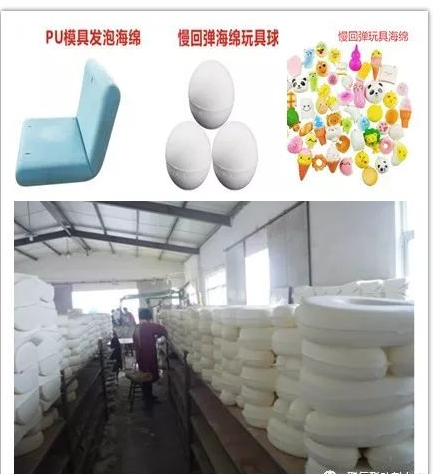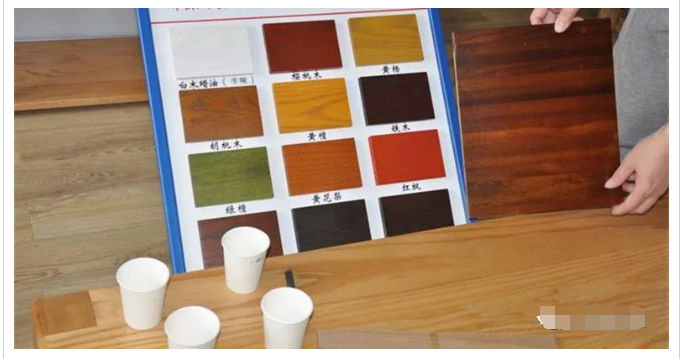Sulfur dyes
Definition
Sulfur dyes are dyes produced by the sulfurization reaction of amines, phenols or nitro compounds of aromatic hydrocarbons with sulfur or sodium polysulfide. They were first synthesized by French chemists Crousian and Bretonnier.
Dyeing Mechanism
To put it simply, it is a sulfur-containing dye. A sulfur-containing dye formed from organic matter through a certain sulfurization. This kind of dye can dissolve the sulfide through some methods during dyeing, and finally complete the process. dyeing.
Sulfur dyes are insoluble in water. Sodium sulfide or other reducing agents are required during dyeing to reduce the dyes to soluble leuco bodies. It has an affinity for fibers and dyes them. After oxidation and color development, it returns to its insoluble state and is fixed on the fibers. So sulfur dye is also a vat dye.
Commonly used dyes
Sulfide black
Vulcanized Baolan CV
Disperse dyes
Definition
Disperse dyes are a type of non-ionic dyes with low water solubility. It was first used for dyeing acetate fiber and was called acetate dye. With the development of synthetic fibers, nylon and polyester have appeared one after another, especially polyester. Due to its high degree of alignment, few fiber gaps, and strong hydrophobicity, the fiber must be expanded with a carrier or under high temperature or hot melt before the dye can enter. fibers and dyed. Therefore, new requirements have been put forward for dyes, that is, dyes with better hydrophobicity, certain dispersibility and resistance to sublimation. Disperse dyes used for dyeing polyester fabrics in printing and dyeing processes basically have these properties, but due to the large number of varieties , when using, you must also select the line according to the processing requirements. This type of dye requires high post-processing requirements. It usually needs to be ground in a grinder in the presence of a dispersant to become highly dispersed and stable crystal particles before use.
Dyeing Mechanism
Disperse dyes have small molecules and do not contain water-soluble groups in their structure. They are uniformly dispersed in the dye solution with the help of the dispersant for dyeing. It can dye polyester fiber, acetate fiber and polyesteramine fiber, becoming a special dye for polyester.
Main categories
One is based on chemical structure, which can be divided into three types: azo type, anthraquinone type, and heterocyclic type. Among them, azo type is the main type, and azo type is divided into monoazo type. Nitrogen type and disazo type.
The other type is classified according to application performance, which can be divided into three categories: high temperature type, medium temperature type and low temperature type. The detailed classification is shown in the table below:
Acid dye
Definition
Acid dyes are a type of water-soluble dyes with acidic groups in their structure, which are dyed in acidic media. Most acid dyes contain sodium sulfonate, which is soluble in water and has bright colors and complete chromatograms. It is mainly used for dyeing wool, silk and nylon, and can also be used for leather, paper, ink, etc. It generally has no coloring power on cellulose fibers.
Dyeing Mechanism
The acidic groups in acid dyes are generally sulfonic acid groups (-SO3H), which exist on the dye molecules in the form of sulfonate sodium salt (-SO3Na). There are also some dyes that are carboxylic acid sodium salts. (-COONa) is an acidic group.
It is characterized by good water solubility, bright color, complete chromatography, relatively simple molecular structure compared to other dyes, lack of long conjugated coherent system in the dye molecules, and low directness of the dye.
Main categories
Classification according to the molecular structure of the dye parent:
1. Azo (accounting for 60%, broad chromatography)
Azo dyes (a type of organic compound with an azo group connected to an aryl group at both ends) are the most widely used synthetic dyes in the printing and dyeing process of textiles and clothing. They are used for dyeing a variety of natural and synthetic fibers. and printing, and also used for coloring paint, plastic, rubber, etc. Under special conditions, it can decompose to produce more than 20 carcinogenic aromatic amines, which can change the DNA structure of the human body through activation, causing lesions and inducing cancer.
2. Anthraquinones (accounting for 20%, mainly blue and green)
Triaromatic methane (accounting for 10%, purple, blue, green)
Triarylmethane dyes are dyes produced from substituted triarylmethane derivatives and substituted oxidized anthracene compounds using different precipitating agents.
4. Heterocycles (10%, red and purple)
Heterocyclic pigments contain heterocyclic structures in organic pigment molecules, mainly oxygen heterocycles or nitrogen heterocycles as the color development system. The chromatogram of heterocyclic pigments includes yellow, orange, red, purple, and a few are blue, and they have molecular symmetry and planarity. Many varieties show excellent heat resistance, migration resistance, and weather resistance similar to phthalocyanines.
2. Classification according to dyeing pH:
Strong acid bath acid dyes: dyeing pH value 2.5-4, good light fastness, but poor wet treatment fastness, bright color, good level dyeing;
Weakly acidic bath acid dye: The dyeing pH value is 4-5. The proportion of sulfonic acid groups in the molecular structure of the dye is slightly lower, so the water solubility is slightly higher.��, the wet treatment fastness is better than that of strong acid bath dyes, and the leveling property is slightly worse.
Neutral bath acid dyes: The dyeing pH value is 6-7, the proportion of sulfonic acid groups in the dye molecular structure is lower, the dye solubility is low, the leveling property is poor, the color is not bright enough, but the wet processing fastness is high .
Basic dyes
Definition
Alkaline dyes, also known as salt-based dyes, are salts formed by aromatic bases and acids (organic acids, inorganic acids), that is, salts of colored organic bases. Its basic group is generally an amino group. After forming a salt, it becomes a -NH2·HCl salt group. It dissolves in water and dissociates into dye cations and acid anions. Also known as cationic dyes.
Principle of dyeing
Dyes that can dissociate into cationic pigments in aqueous solution are classified as cationic dyes. Since basic dyes have poor light fastness and washing fastness after dyeing fibers, they are now rarely used for dyeing fabrics and are mainly used for coloring cultural and educational supplies, paper and manufacturing lakes.
Common dyes
Vat dyes
Definition
Vat dyes are dyes with relatively excellent properties among dyes. Vat dyes, formerly known as vat dyes, are insoluble in water and are dyed by reducing them with sodium dithionite (safety powder) in an alkaline solution to dye fibers.
Dyeing mechanism

An insoluble dye that is reduced to a leuco form and then dyed. It is first transformed into a soluble leuco sodium salt through reduction in alkali solution and is absorbed by cellulose fibers. It is then oxidized and restored to the original insoluble dye. It is generally resistant to washing and light fastness. For example, Shilin Blue, etc. Mainly used for printing and dyeing cotton, polyester-cotton blended fabrics, vinylon can also be dyed. In the silk industry, it is used for rayon, rayon·rayon interwoven, and silk discharge printing.
Vat dyes are insoluble in water. During dyeing, they must be reduced and dissolved in a strong alkaline reducing solution to form leuco sodium salts before they can be dyed on fibers. After oxidation, they return to insoluble dye lakes and are fixed on the fibers.
Main categories
Vat dyes are dyes with relatively excellent properties among dyes. According to its main chemical structure, it can be divided into two categories: indigo and anthraquinone.

Indigo
Anthraquinones
Phthalocyanine dye
Definition
Phthalocyanine dye is a dye produced by condensation of phthalocyanine on fiber and then metal complexation.
Main categories
Phthalocyanine pigments mainly include phthalocyanine blue and phthalocyanine green. Phthalocyanine blue is widely used in inks, coatings, plastics, rubber, leather and Stationery coloring; in recent years, it has played a special role in the fields of catalysis, semiconductors, electrophotography and light energy conversion.
Phthalocyanine blue
Phthalocyanine green
